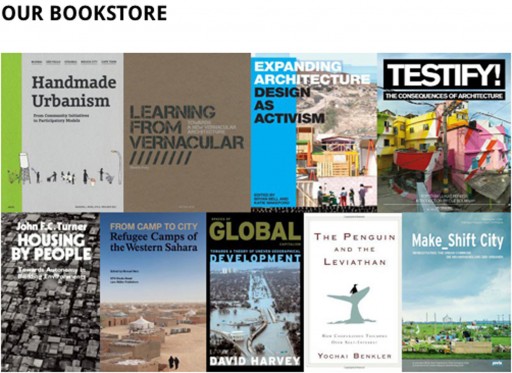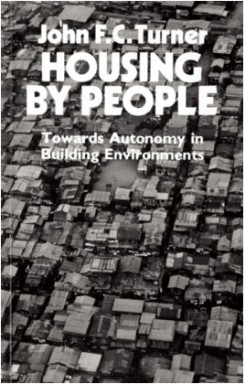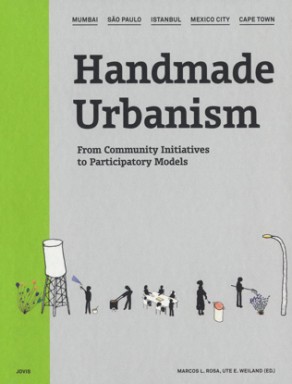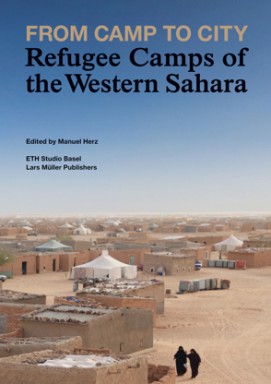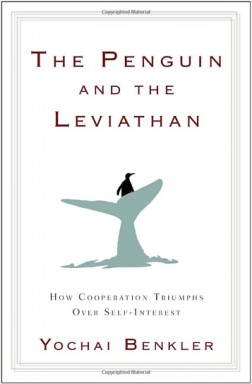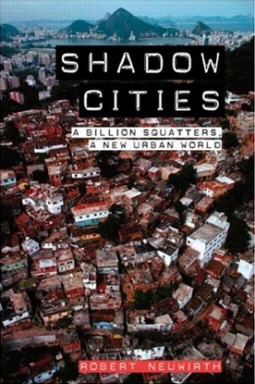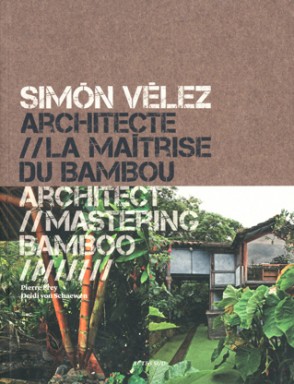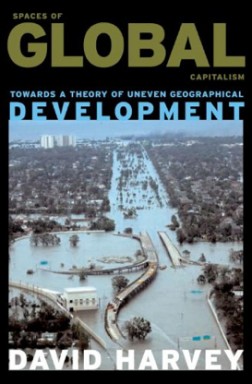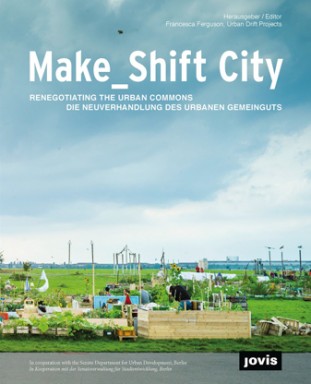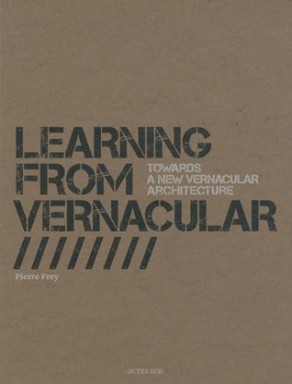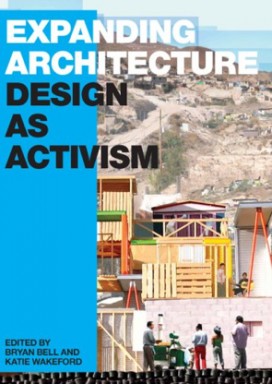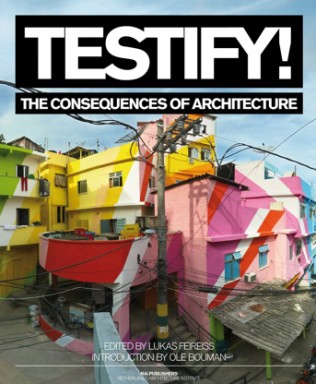Architecture in Development is a community based open source platform. It is about collecting local architecture knowledge and make it accessible for everyone. It is also about learning from each other and collaborating. All the projects are collected on a map. The map is not just for realized projects, but also a place to call for participation for unfinished projects. The community welcomes experts from all fields, anyone who wishes to contribute to sustainable development.
The platform has a bookstore of selected publications that inspired that platform members, and books written by the platform forward thinking collaborators and partners.
Among these books:
1. Housing by People: Towards Autonomy in Building Environments, by John Turner
Recommended by Tere Garcia: “This book shows Turner’s enthusiasm for self-help solutions to housing problems and a strong belief in people’s ability to successfully manage their own lives without centrally controlled systems.”
2. Handmade Urbanism: From Community Initiatives to Participatory Models, by Marcos Rosa and Ute Weiland
Recommended by Changfang Luo: “Practical examples and cases, focusing on the process and the various relationships of stakeholders – a handbook to understand an integrated top-down and bottom-up urban practice.”
3. From camp to City: Refugee Camps of the Western Sahara, by Manuel Herz
Recommended by Arcò – Architecture and Coopeation: “M. Herz analyses the urban and architectural dimension of five refugee camps, with more than 170’000 Sahara refugees. The temporary/permanent condition of these camps is deeply studied through their living, working and recreational structures.”
4. The Penguin and the Leviathan: How Cooperation Triumphs Over Self-Interest, by Yochai Benkler
Recommended by Ibai Rigby: “Although this is not strictly a book about architecture, it helps to understand why people cooperate. It presents large evidence from academic research as well as insights on how platforms such as Linux and Wikipedia work, platforms which share a similar modus operandi with Architecture in Development. It also explains how to harness human solidarity through developing empathy and perceiving fairness.”
5. Shadow Cities: A Billion Squatters, a New Urban World, by Robert Neuwirth
Recommended by Andrea Fitrianto
6. Simón Vélez: Architect Mastering Bamboo, by Pierre Frey
Recommended by Andrea Fitrianto
7. Spaces of Global Capitalism: Towards a Theory of Uneven Geographical Development, by David Harvey
Recommended by Alison Killing: “For the insight that the rise of NGOs has paralled the rise of neoliberalism and the important questions that that raises about who has legitimacy in responding in post-disaster scenarios.”
8. Make_Shift City. Renegotiating the Urban Commons, by Francesca Ferguson
Recommended by Manu Fernández: “Francesca Ferguson has compiled a great collection of stories, essays and interviews which represents the latest addition to a growing literature on the mix of uncertainty, austerity, insecurity and temporality as the landscape for re-imagining the city. A wide experience of practices and appropriation projects are shown up with full detail and analysis.” – recommended by Manu Fernandez.
The following three books have deeply inspired Architecture in Development and shaped their philosophy and vision:
9. Learning from Vernacular: Towards a New Vernacular Architecture, by Pierre Frey
“A book that we adore for its profound and insightful message, revealing why today’s architecture is disconnected itself from its roots. This book helps us to understand why our globalized building industry and economy have brought architecture away from its local culture, alienated itself from the people and community that it is supposed to serve.”
10. Expanding Architecture: Design as Activism, by Bryan Bell and Katie Wakeford
“How do we go about the architecture practice, moving away from a system where designers offer solutions to designers actively engaged as an advocate, a developer, an educator in the practice of improving the environment??Expanding Architecture Design as Activism is a must read for those interested in socially conscious practice, with essays and cases advocating creative design can achieve to serve the greater public interest.”
11. Testify! The Consequences of Architecture, by Lukas Feireiss and Ole Bouman
“Today design media glamorize architectures with seductive photos, but the images and story presented are often excluding the human occupation. Testify – the consequences of architecture helps us to reality check architecture, to discover not only the reasons to initiate a design act but also the people, the city and the contexts that gives birth to a building.”

